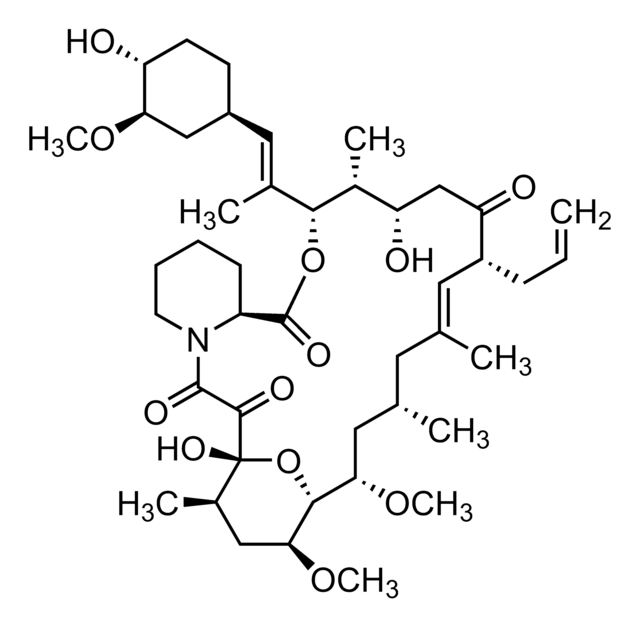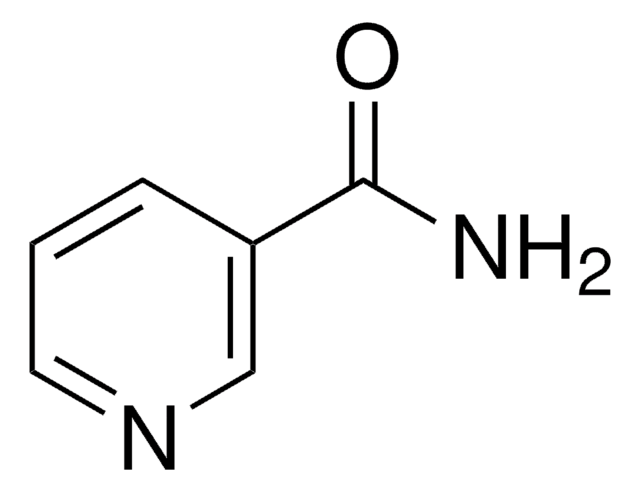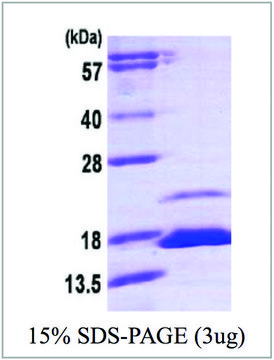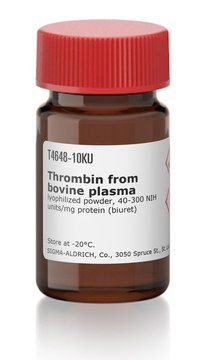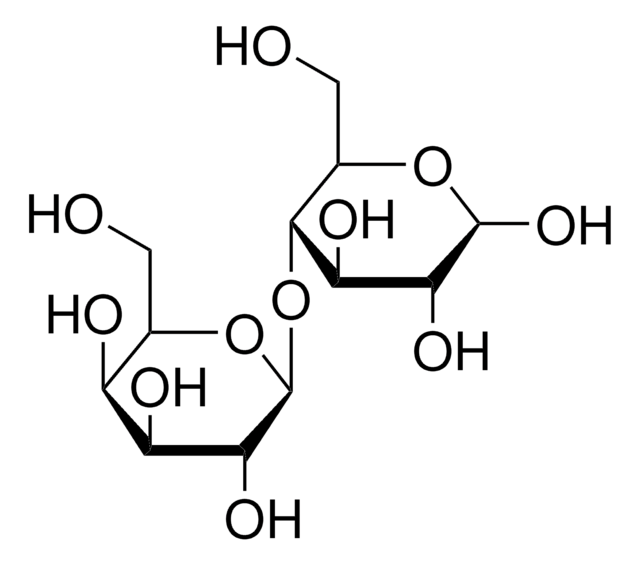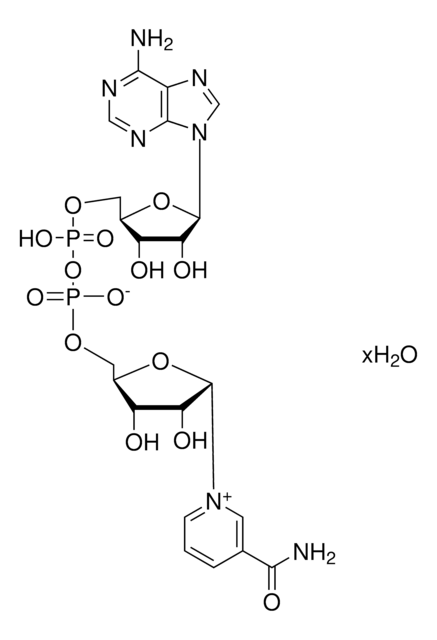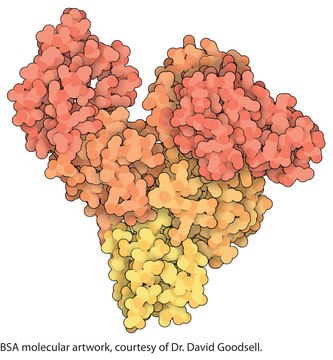SRP6091
FKBP1a/FKBP12 human
recombinant, expressed in E. coli, ≥95% (SDS-PAGE)
Synonym(s):
12 kDa FK506-binding protein, Calstabin-1, FK506 binding protein 1a, Immunophilin FKBP12, PPIase FKBP1A
About This Item
Recommended Products
biological source
human
recombinant
expressed in E. coli
Assay
≥95% (SDS-PAGE)
form
liquid
mol wt
14.1 kDa
packaging
pkg of 100 μg
NCBI accession no.
UniProt accession no.
shipped in
dry ice
storage temp.
−70°C
Gene Information
human ... FKBP1A(2280)
General description
Biochem/physiol Actions
Physical form
Preparation Note
Other Notes
Storage Class Code
11 - Combustible Solids
WGK
WGK 3
Flash Point(F)
Not applicable
Flash Point(C)
Not applicable
Regulatory Information
Choose from one of the most recent versions:
Certificates of Analysis (COA)
It looks like we've run into a problem, but you can still download Certificates of Analysis from our Documents section.
If you need assistance, please contact Customer Support.
Already Own This Product?
Find documentation for the products that you have recently purchased in the Document Library.
Our team of scientists has experience in all areas of research including Life Science, Material Science, Chemical Synthesis, Chromatography, Analytical and many others.
Contact Technical Service

